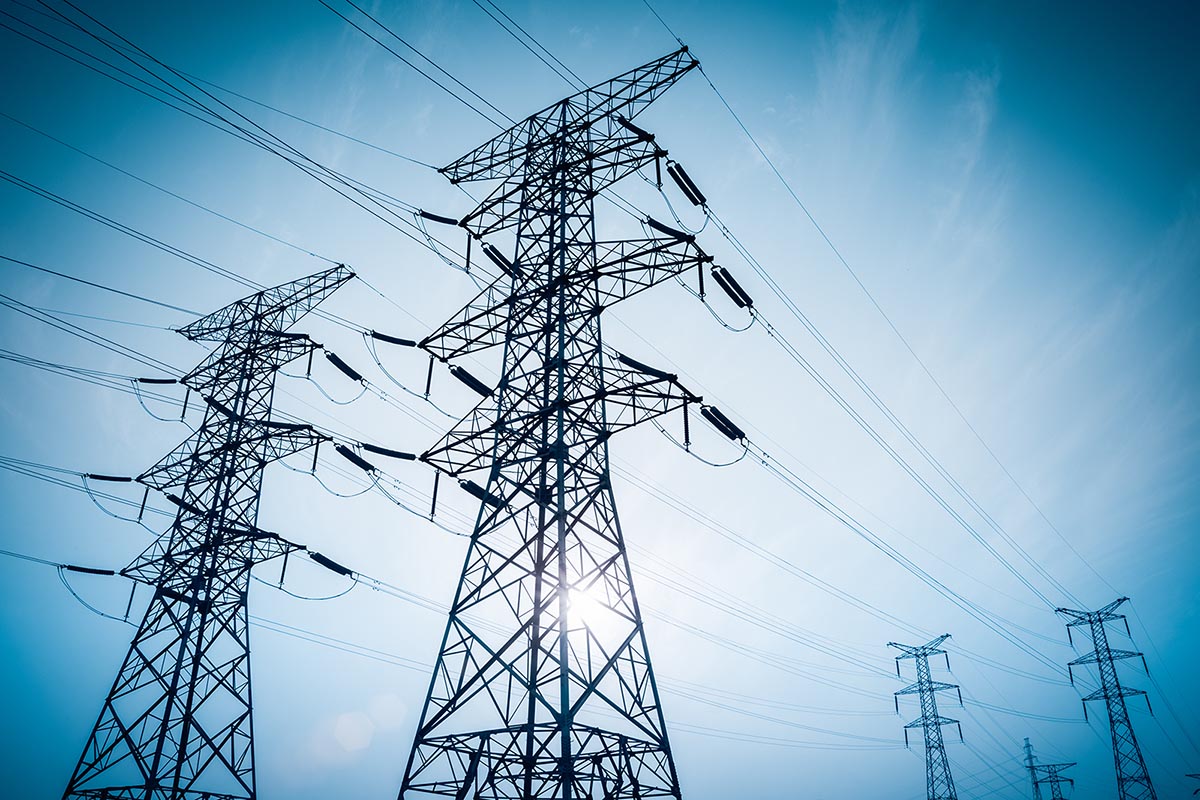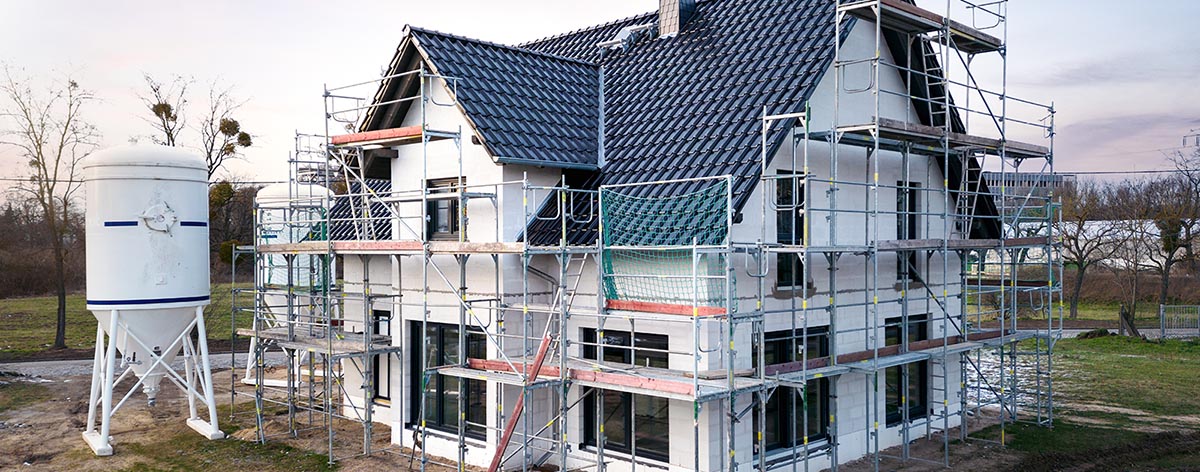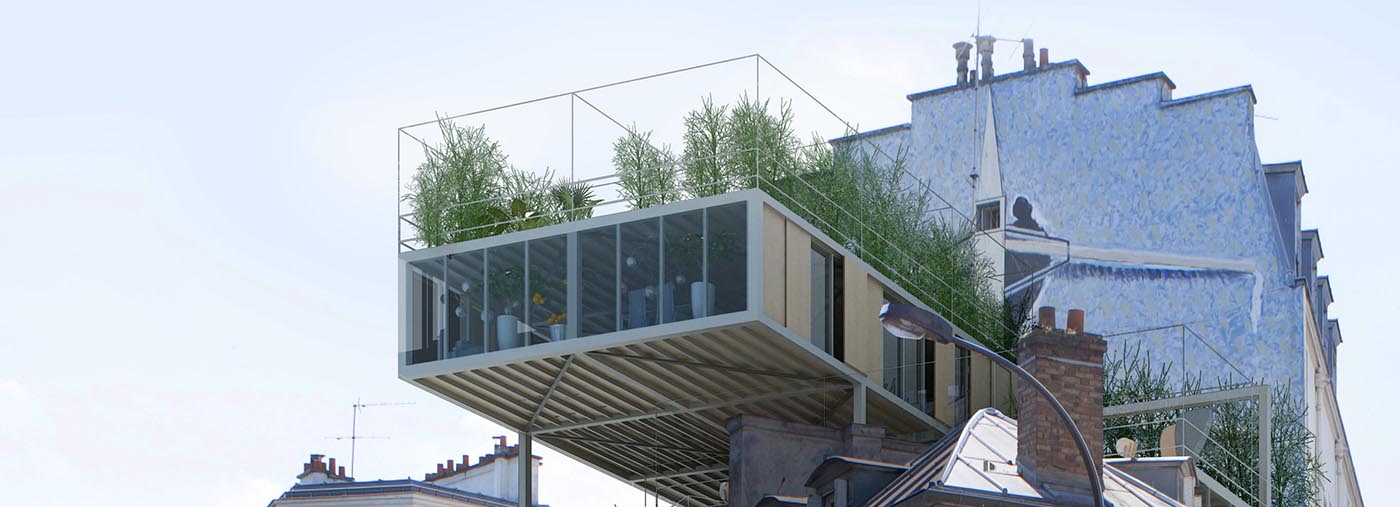While many households are receiving a high annual energy bill these days, one term is making its way through (social) media: Negative electricity prices. Actually a contradiction in terms, isn’t it? Shouldn’t a product or service have a value?
In Austria, there was an outcry from one operator: KWG Kraftwerk Glatzing Rüstorf is a small electricity supplier from Upper Austria. KWG Managing Director Peter J. Zehetner warns: “Negative electricity prices threaten the energy transition.”
We took a closer look at the topic and asked Peter J. Zehetner for an interview.

SBC: Mr. Zehetner, you warned in a press release that negative electricity prices could jeopardize the energy transition. This is not a new phenomenon, so why this emotional statement now?
Zehetner: This year, of course, we expected increasingly negative electricity prices, especially in summer from around June. We have seen this occasionally in previous years. What surprised us was that they also appeared very frequently in March and during April. That is quite unusual.
Over the last few weeks, we have been wondering why energy law experts and the energy suppliers are not commenting on this. That reminded us a lot of 2021. At that time, prices rose sharply in the fourth quarter, which was a very unusual development at the time. The increase continued in 2022, meaning that the energy industry almost collapsed. For months, very little was commented on here.
In our view, it is necessary for someone to point out that something is wrong here. Negative prices are not normal.
SBC: Negative prices on the one hand, extremely high prices on the other. This indicates a high level of volatility. What happens when there are negative electricity prices? What does this volatility mean for you as an energy supplier?
Zehetner: For us as an energy supply company, these extreme fluctuations are actually very, very difficult and, at the end of the day, also dangerous. Because on the one hand, I can of course hedge against these fluctuations to a certain extent and over a certain period of time.
But I naturally come under pressure more quickly when prices fall rapidly, as has been the case in recent months. Consumers do not understand why we do not simply lower our customer prices. The reason is simple: We have secured our prices and are bound by them.
If we didn’t take these precautions, we would end up in a situation like that of 2022 if prices were to rise. At that time, we were negatively affected by these rising prices. This means that it was very difficult to react to these price fluctuations. The energy industry normally thinks in terms of decades. Power plants, electricity trading and the interaction between market participants: These are basically all very long-term issues.
If you are confronted with fluctuations in the hundreds of percent range that occur not just once in a few weeks or months, but even then once a day, that is very bad for the energy supply. You can accept these fluctuations in the Bitcoin price, but it is not healthy for the energy supply. These short-term fluctuations are increasing. From our point of view, there is a risk that we will no longer be able to control it at some point.
>> These extreme upward and downward price fluctuations are simply a sign that the market has a problem and is no longer functioning in its current design.<<
Negative electricity prices
The negative electricity prices are due to the massive expansion of renewable energy capacity. Anyone can become part of the energy transition and produce electricity – and then sell it into the grid. This results in a surplus, especially at lunchtime, which can neither be used nor sold regionally or internationally. And this surplus gives rise to “negative electricity prices.”
Negative prices are only attractive for end consumers with flexible electricity tariffs, as nobody would think of investing in an electricity production plant in order to gift the production. In the medium to long term, it is a losing proposition for all market participants, as these negative prices are passed on to all market participants in the form of risk premiums, for example. Because no company can survive with negative prices.
If the prices are socialised as subsidies or contributions – i.e. paid by all of us – this is a reason for the disorderly expansion. In this case, the plant operators would have certainty of purchase and enter the market without risk. In the end, a product is produced and paid for, but there is no demand for it when there is a surplus. However, prices for predictable, secure energy are not falling – and this is essential for companies. Part of these “negative prices” would be added here, making electricity more expensive.
As research shows, the current negative electricity prices in Austria are due to a combination of very high generation from wind power and photovoltaics – and in addition, around half of the pumped storage capacity is not available. Experts cite technical failures and maintenance as the reasons.
SBC: What countermeasures do you think would be necessary?
Zehetner: These extreme upward and downward price fluctuations are simply a sign that the market has a problem and that it no longer works in its current design. We would also have to try to limit these fluctuations artificially. Further measures are needed in the medium to long term.
SBC: Which could be, for example?
Zehetner: More storage facilities would make a major contribution. People have been talking about this for many years and how important its role is in the energy transition. But de facto we have not made a single step forward in many years.
We have also installed a large number of photovoltaic systems in recent years. We are currently concentrating on building up storage facilities. However, it is incredibly difficult to get offers and prices that even make you think about investing. If you then apply for financing, you will be left behind. In our specific case, we were told that a maximum of 2 locations per company would be funded. Even for us as a small company, this is a drop in the ocean.
What specific demands do you have to ensure that the energy transition does not come to a standstill?
Zehetner: We should promote storage systems much more intensively than photovoltaic systems and wind power. The prices for PV systems have also eased; in my opinion, there is no need for subsidies at all.
Another key issue is the expansion of the electricity grid. APG (Austrian Power Grid) is investing 9 billion Euros in the expansion of the supra-regional electricity grid. However, this does not yet include the investments made by the regional energy suppliers; we also have to expand the grid.
But someone has to finance the whole thing. If I have to invest 20 or 30 million euros in our small electricity grid today, I am faced with challenges. I don’t have the money in my account. But the banks won’t just hand it over, mainly because they don’t recognise power lines as securities.
>> If I have to invest 20 or 30 million euros in our small electricity grid today, I am faced with challenges. I don’t have the money in my account. But the banks won’t just hand it over, mainly because they don’t recognise power lines as securities. <<
In recent weeks, we have discussed this challenge intensively with E-Control (note: the Austrian independent electricity and gas regulatory authority), with various banks and with the Chamber of Commerce. It has become clear that there is currently no solution as to how the expansion of the grid can be financed.
This is a huge problem for many network operators in Austria. So either there will have to be some form of federal guarantee so that the banks can finance the further development of the regional electricity grids. Or the banks would have to abandon their current entrenched view that network investments only work with securities.
SBC: Do I understand that correctly? APG builds the large supra-regional lines and then hands them over to the regional electricity suppliers – as you are one. While APG has now secured funding for these higher-level lines, the regional expansion directly to the feeders and end consumers has not yet been financed?
Zehetner: Yes, at the end of the day, that’s what it’s all about. Of course, the backbone, the higher-level network, also needs to be set up accordingly, but I also need to upgrade the local network. As distribution grid operators, we have to reinforce, expand and upgrade the grids from the transformer station to the distribution boxes and then to the houses of the endconsumers.
Many people don’t even know that there are over 100 network operators in Austria. In addition to the traditional state and municipal operators, there are also many small companies like us. And the many small network operators currently have a major financing problem.
If this is not resolved in the next one to two years at most, then the expansion of the electricity grid will simply come to a standstill. But then the energy transition can no longer continue.
To summarize, there are therefore two measures that will help us: Firstly, the shift from generation subsidies to storage subsidies, and the second issue would be the necessary clarity for financing the expansion of the electricity grid. At the end of the day, we will need an overall strategy that not only determines how many power plants there will be in 2030 and 2040. It also determines how the regional networks are taken into account and how much funding is required for further development.
Only then can the total costs, which are paid by all of us, be calculated. At the end of the day, this is also a question of the social compatibility of the energy transition.
SBC: So the recently presented ÖNIP network infrastructure plan in Austria only regulates further development at federal level?
Zehetner: Yes, the ÖNIP regulates the development of the energy grid at provincial and federal level, i.e. one level above us. These plans are perfectly fine, but there is currently a lack of an overall plan that also includes the regions.
The energy industry currently has to be seen as a hybrid of state regulation and the free market. On the one hand, the state always wants to dictate a lot, but on the other hand it wants a market economy and competition. But fundamentally, it doesn’t fit together well, and of course there are always contradictions in the whole system. For example, it would be good to make a clearer definition: Do I want the state to control and manage the energy transition or do I want it to be a market economy? But combining the two concepts is not feasible.
>> The energy industry currently has to be seen as a hybrid of state regulation and the free market. On the one hand, the state always wants to dictate a lot, but on the other hand it wants a market economy and competition. But fundamentally, that doesn’t go well together. <<
SBC: What would you like to share with end consumers?
Zehetner: Two years ago, the population’s interest in energy was very high, but this has waned considerably with the perceived stabilization of the supply situation. This is a great pity, because the energy transition is still a long way off. We often have the feeling that the media and politicians are fooling us – the population.
For example, when we read that we have supplied ourselves with renewable energy in any given month. That’s not true, because we’ve only been able to cover our needs on the balance sheet for a month. This means that at certain times we produced much more electricity than we needed and used. But we still needed imports and gas-fired power plants to supply us at all hours and keep the grid stable even when the sun wasn’t shining.
When it comes to hydrogen, you might also think that it is already part of the supply, of the system. But the reality is different, as there have only been pilot projects to date. Or even when energy suppliers advertise very aggressively with 100% domestic hydropower, the impression is created that we have nice power plants that produce good electricity and that it comes out of the socket nicely. We are all totally independent. But the reality is quite different: Balance sheet approaches don’t get us anywhere, they simply don’t work with electricity. We are all involved in international markets, from small companies like us to the largest energy suppliers. You can’t choose that at all.
Furthermore, the energy transition has many facets, and it is not just about building power plants. Energy consumption is also part of this turnaround, to know the consumption behavior. It will only be achievable if we save energy.
And I think the public should also be better informed about this. We should become more honest and transparent.
Thank you for the interview!
More about KWG Kraftwerk Glatzing-Rüstorf at kwg.at
Editor’s note: Volatile and falling electricity prices are also a challenge in Germany, where a billion-euro shortfall in the climate fund is looming due to falling electricity prices. The lower the wholesale price, the more funds the German state has to raise for the feed-in tariffs that operators of older wind turbines and solar installations are guaranteed to receive. Expenditure could increase to around 20 billion.
Current development: In an initiative motion, the Austrian federal government introduced a special law to ensure lower prices on the energy market. This is to be decided before the summer break. According to Justice Minister Alma Zadic, the aim is to “prevent potential abuse of power by dominant energy supply companies.” The industry warns: “You would probably have to look very deeply into the companies” in order to determine whether the respective pricing is justified, Christian Zwittnig, press spokesman for Österreichs Energie, told “Kurier”. (Ed: Anja Herberth)
Credit Header: Shutterstock
Author: Anja Herberth
Chefredakteurin










